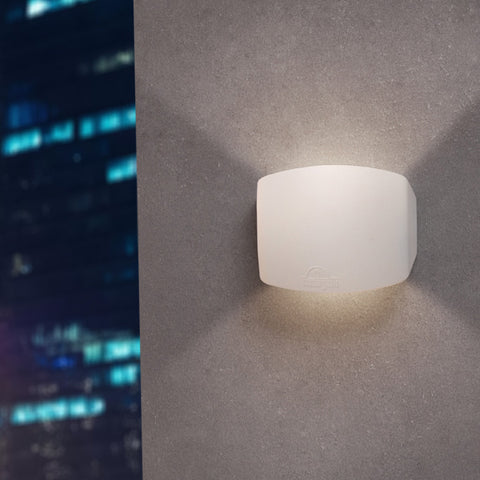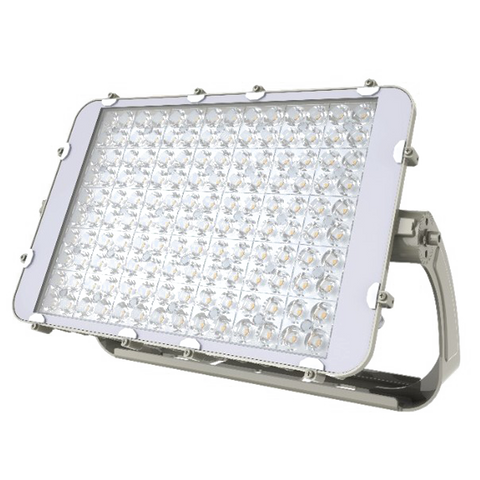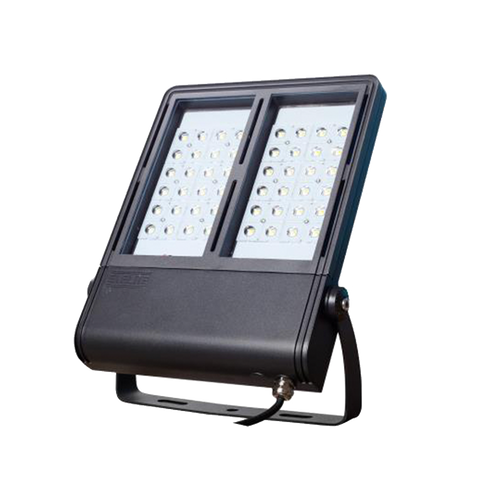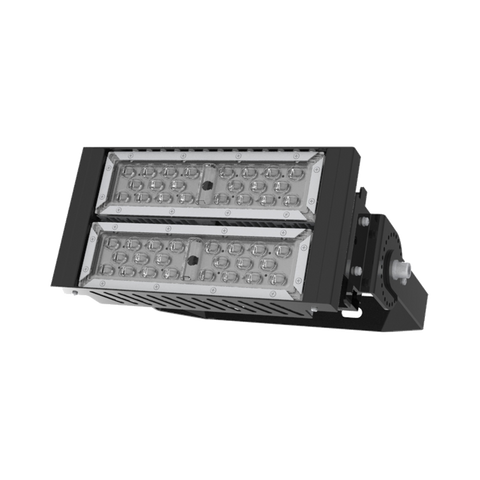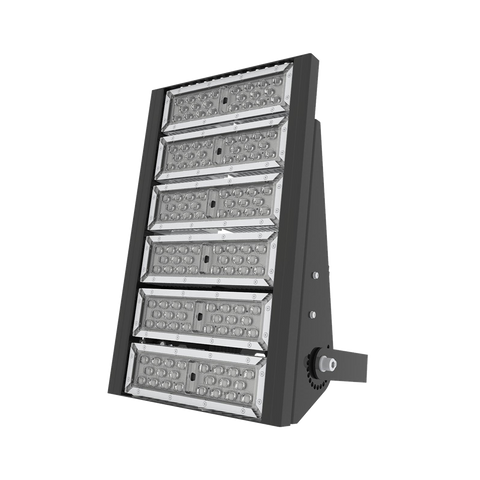Bộ Relay Helvar - 492 16 A Power Relay Unit
Couldn't load pickup availability
Đặc điểm sản phẩm
492 16 A Power Relay Unit
The 492 is a single-channel relay unit designed to allow control of non-DALI, nondimmable loads.
The relay is a latching, volt-free contact, high-inrush type, with a contact rating of 16 A.
The 16 A Power Relay Unit is packaged within a plastic enclosure that can be installed within a luminaire or an electrical cabinet, or used as an in‑line unit. This compact enclosure has mounting lugs at each end, and cable grips are an integral part of the terminal cover.
The unit is powered from the DALI network. It forms a DALI relay node with a typical current consumption of 2 mA, and it can be programmed as a single-channel relay with Helvar’s lighting design software, Designer and Toolbox.
Note: This unit does not contain a DALI power supply. Therefore, one must be present elsewhere in the system.
Key Features
- 16 A high-current relay
- High-inrush specification relay
- Compact size for luminaire, electrical panel or in-line mounting
- Secure wire connection cover
Technical Data
|
Connections |
|
|
DALI consumption: |
2 mADALI cabling must be mains rated |
|
DALI: |
0.5 mm² – 1.5 mm² solid or strandedStrip length: 8.5 mm – 9.5 mm |
|
Relay: |
0.5 mm² – 1.5 mm² stranded0.5 mm² – 2.5 mm² solid coreStrip length: 8.5 mm – 9.5 mm |
|
Relay |
|
|
Relay contacts: |
High-inrush, single-pole, single-throw (SPST) latching relay |
|
Isolation: |
3 kV |
|
Maximum load: |
16 A |
|
Number of devices: |
Quantity is limited by MCB: refer to the manufacturer’s data. |
|
External protection: |
External protection must not exceed 16 A type C MCB. |
|
Mechanical data |
|
|
Housing: |
White plastic (polycarbonate) |
|
Weight: |
52 g |
|
IP code: |
IP30 |
|
Operating and storage conditions |
|
|
Ambient temperature: |
0 °C to +40 °C |
|
Storage temperature: |
−10 °C to +70 °C |
|
Relative humidity: |
Max. 90 %, noncondensing |
|
Conformity and standards |
|
|
DALI: |
IEC 62386-101IEC 62386-102IEC 62386-208 |
|
Emission: |
EN 55015 |
|
Immunity: |
EN 61547 |
|
Safety: |
EN 61347-2-11 |
|
Environment: |
Complies with WEEE and RoHS directives. |






